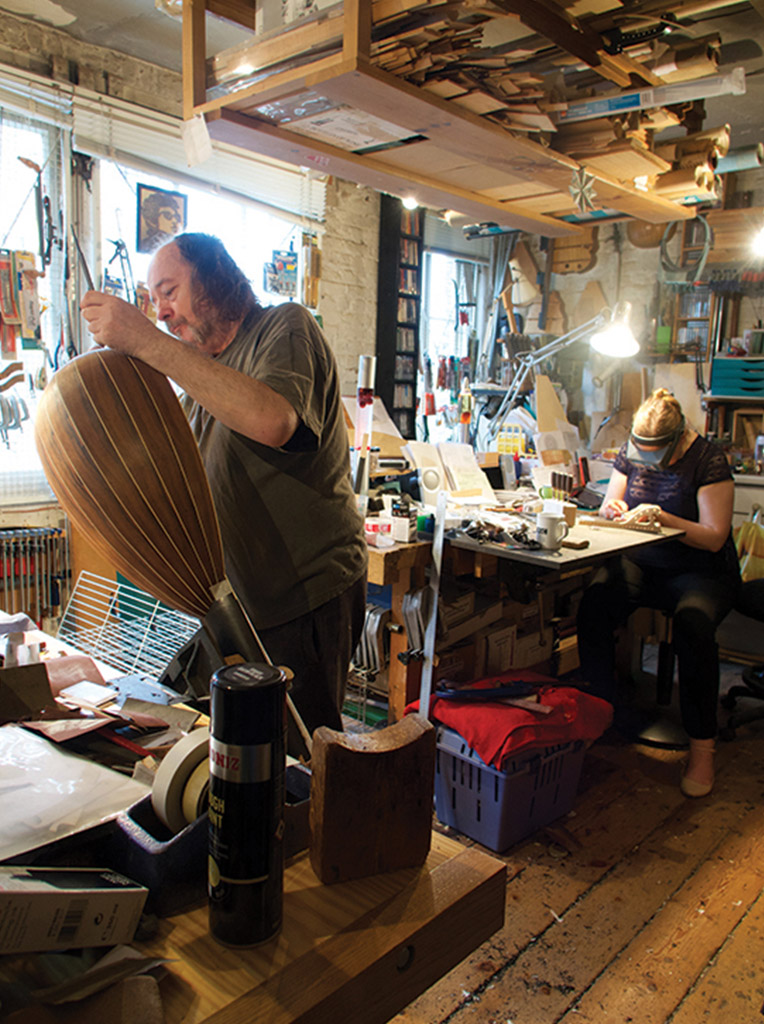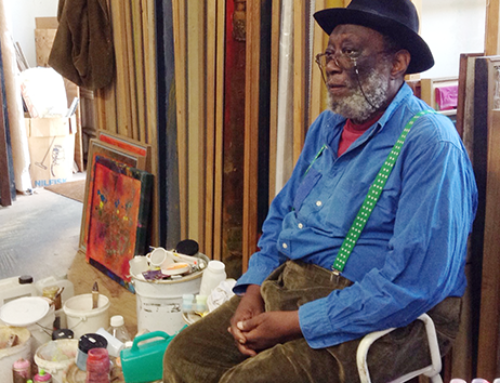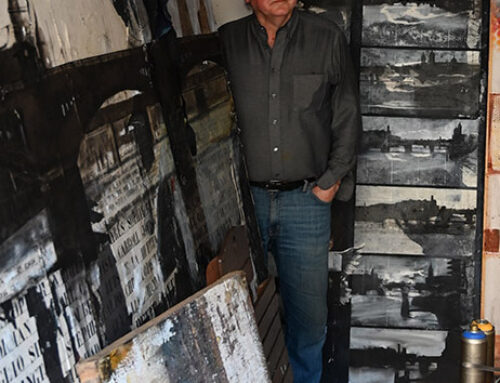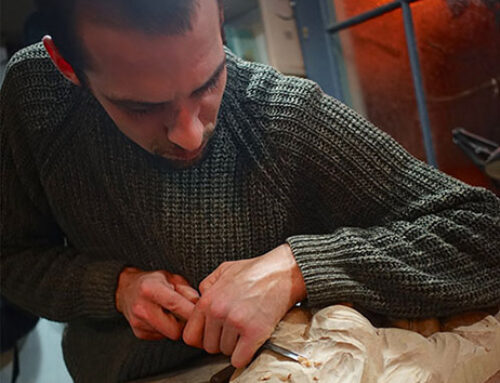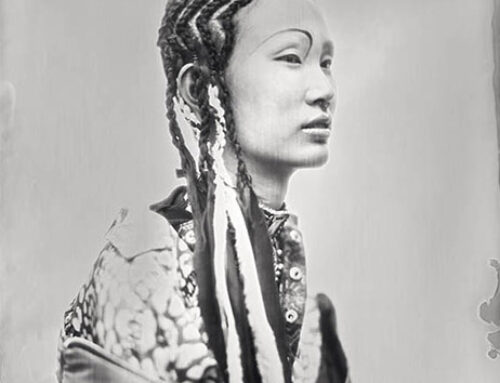STEPHEN BARBER & SANDI HARRIS
The studio is a wooden Aladdin’s Cave. The stairway up is lined with bulbous lute moulds and bodies. Barely an inch is not used, either for tools, bubbling glue pots, books, lamps, or materials, sheets of translucent parchment and strips and blocks woods in every imaginable hue. Goodness knows where the two cats and the rabbit find to sit. For Stephen and Sandi are two of the world’s most respected lute and guitar makers. Although as Stephen points out, they also make vihuelas, archlutes, chiarroni, theorbos, orpharions, bandoras and citterns.
Their process begins with scrupulous study of instruments, masterpieces of the past, in museums and private collections. Stephen makes drawings, so accurate in their revealing of the instrument’s form, the drawings themselves become part of museum collections. They source materials that match (as far as possible) the original woods, from the growers of arcane species like the Royal Botanic Gardens at Kew. This is important because the woods were originally used because of their acoustic properties, there is nothing on these instruments that doesn’t contribute to their sound, no decoration that might detract from it. Although they also divert from the original model too, changing the size, or eschewing metallic-sounding rosewood for walnut.
Nothing can be rushed, making this way. Each instrument is weeks, even months of handwork, and waiting for glue to bond or lacquer to dry. Apart from a few pieces of metal, all the materials are organic; obviously the wood, but also the rabbit-skin glue, beeswax, the gut strings, the skin of the parchment. Its hard to chose any one part of the finished instruments to focus on, but I am most struck by the appearance of the fluted backs. These look amazing with the raised flutes arching over the pear-shaped lute, like the ribs of some kind of organic architecture. (Stephen and Sandi are planning to build a wooden house.) Fluting is a way of retaining strength whilst using less material and so less weight, practical but with an extraordinary aesthetic effect. Another breathtaking feature is the parchment decorated roses, set into soundboxes, like looking up at a ceiling in the Alhambra with its rhythms of domes and quarter domes and plethora of delicate decoration. Sandi cuts everything by hand, wearing enlarging glasses, but the result seems otherworldly, it is so perfect, like fairy architecture.
Their instruments are used by classical musicians like Julian Bream, but also Keith Richards, after all a guitar is a guitar. The instruments make a lot of sense as a purchase, unique, stunning to look at and touch, every millimetre handmade, with several musicians reporting theirs as the best they have ever played, and, given the longevity of instruments made the same way, likely to last half a millennium.
In their crepuscular studio time has a different meaning. They are working today in the era of iphones, but making instruments using techniques perfected four hundred years ago, to play compositions three hundred years old. You can find no conflict, no separation between the now and the then, nothing seems either old or modern, just a continuum of painstaking artistry.
